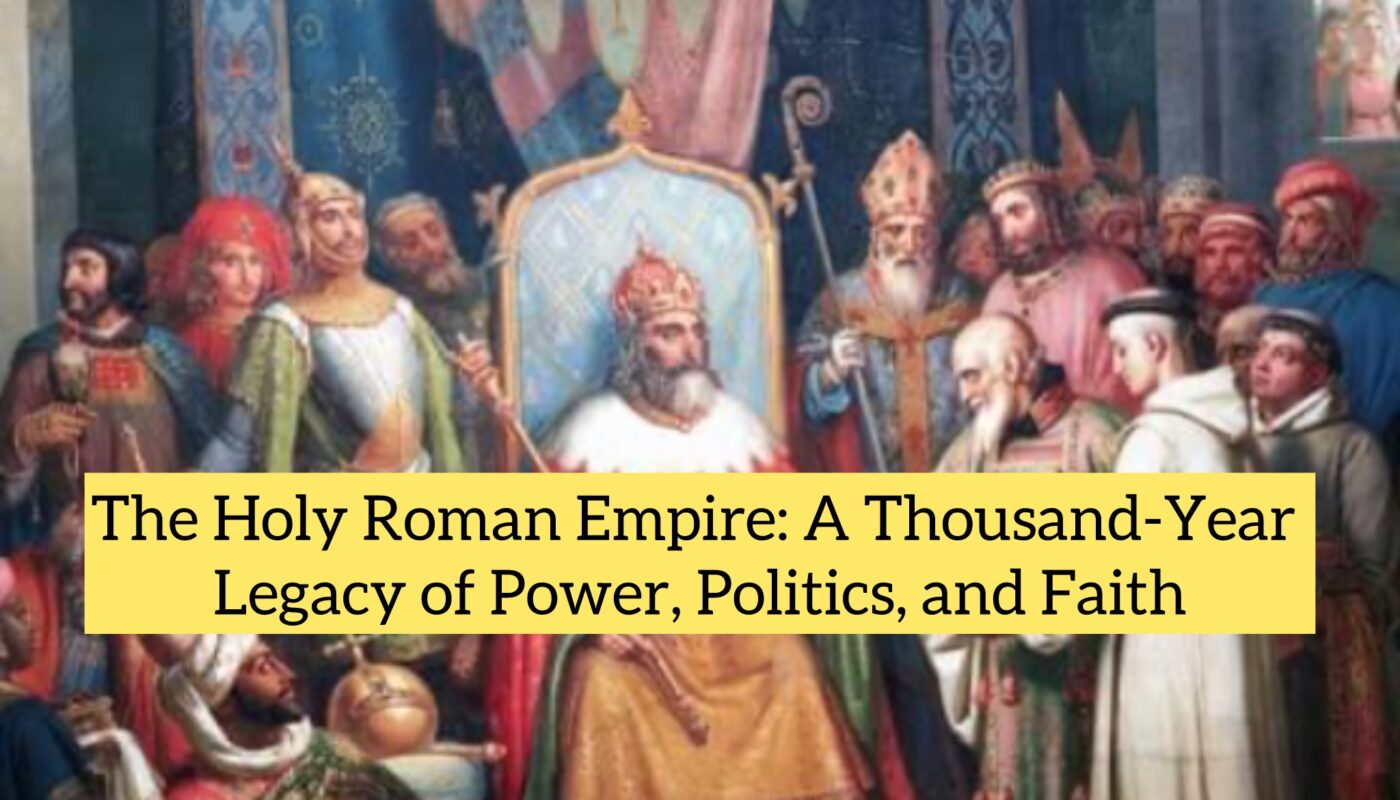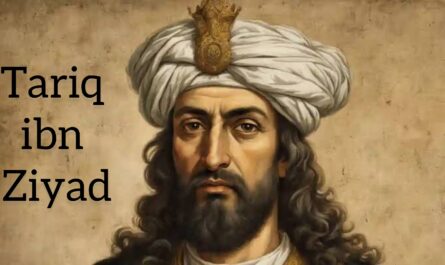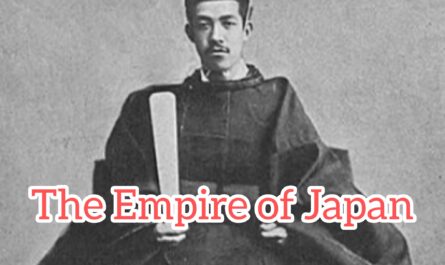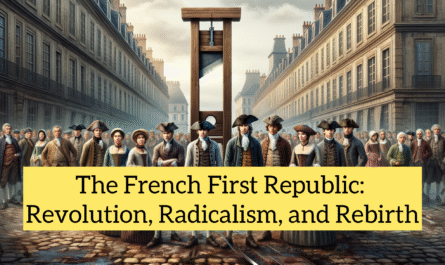Introduction
The Holy Roman Empire was a complex and enduring political entity that existed in Central Europe from 800 to 1806 (with its formal foundation in 962 CE under Otto I). Though never a centralized nation-state like France or England, the empire played a crucial role in shaping medieval and early modern European politics, religion, and identity. Its motto, “A realm without end,” reflected its aspiration to revive the glory of ancient Rome, fused with Christianity and Germanic kingship.
Origins and Foundation
Charlemagne and the Carolingian Empire (800 CE)
The roots of the Holy Roman Empire lie with Charlemagne, King of the Franks, who was crowned Emperor of the Romans by Pope Leo III on Christmas Day in 800 CE. This act symbolized the fusion of Roman imperial heritage, Germanic kingship, and Christian authority.
Though Charlemagne’s empire later fragmented, the idea of a Christian Roman Empire in the West survived.
Otto I and the Formal Establishment (962 CE)
The Holy Roman Empire is traditionally dated to 962, when Otto I (the Great), King of East Francia (Germany), was crowned emperor by the Pope. Otto’s reign:
-
Strengthened the connection between the German monarchy and the Church.
-
Marked the beginning of the Ottonian Dynasty.
-
Established the Empire as a German-centered power, though claiming to inherit Rome’s legacy.
Geographic and Political Structure
Loose Confederation of States
Unlike a unified kingdom, the Holy Roman Empire was a confederation of hundreds of semi-autonomous territories, including:
-
Duchies (e.g., Saxony, Bavaria)
-
Ecclesiastical states (ruled by bishops or abbots)
-
Imperial Free Cities
-
Principalities and counties
Each held varying degrees of sovereignty under the nominal authority of the emperor.
Core Regions
At its height, the empire included:
-
Most of modern Germany
-
Parts of Austria, Switzerland, the Czech Republic, Belgium, the Netherlands, Luxembourg, eastern France, northern Italy, and parts of Poland
The Emperor and the Imperial Title
Election of the Emperor
From 1356 onwards, emperors were elected by a group of seven prince-electors (later expanded), as defined in the Golden Bull of 1356. These included:
-
Three ecclesiastical princes (Archbishops of Mainz, Trier, and Cologne)
-
Four secular princes (e.g., King of Bohemia, Duke of Saxony)
The title of Emperor was not hereditary. The emperor had to be elected and then crowned by the Pope (until the 16th century).
Imperial Authority
Despite the title, the emperor’s actual power was often limited by the strong autonomy of regional rulers. His role was to:
-
Protect the Church
-
Maintain peace (Imperial Peace)
-
Mediate disputes among vassals
Major Dynasties and Emperors
Ottonian Dynasty (919–1024)
-
Otto I, II, and III laid the foundation of imperial governance.
-
Promoted close Church-state cooperation.
Salian Dynasty (1024–1125)
-
Henry IV engaged in the Investiture Controversy with Pope Gregory VII over the right to appoint bishops.
Hohenstaufen Dynasty (1138–1254)
-
Frederick I Barbarossa and Frederick II sought to strengthen imperial control, especially over Italy.
-
Conflict with the papacy and Italian city-states weakened imperial authority.
Habsburg Dynasty (1438–1806)
-
Dominated the imperial title for centuries.
-
Charles V (1519–1556) ruled over a vast empire including Spain and the Americas.
-
Faced the Protestant Reformation and Ottoman threats.
Key Events and Challenges
Investiture Controversy (11th–12th centuries)
A power struggle between emperors and popes over who had the authority to appoint bishops and abbots. It culminated in the Concordat of Worms (1122), which partially resolved the issue but diminished imperial control over the Church.
The Reformation and Religious Wars
Protestant Reformation (1517–1648)
-
Initiated by Martin Luther, the Reformation fractured Christian unity.
-
Led to the Thirty Years’ War (1618–1648), a devastating conflict involving nearly all European powers.
Peace of Westphalia (1648)
-
Ended the Thirty Years’ War.
-
Recognized the independence of over 300 German states.
-
Weakened the emperor’s role and strengthened state sovereignty within the empire.
Rise of Nation-States
From the 17th century onward, the empire struggled to compete with emerging centralized powers like France, England, and Russia.
Decline and Dissolution
French Revolutionary Wars and Napoleonic Era
-
Napoleon Bonaparte reorganized German territories into the Confederation of the Rhine under French influence.
-
Many states seceded from the empire, weakening its structure.
Dissolution (1806)
On August 6, 1806, Emperor Francis II abdicated the imperial crown and dissolved the Holy Roman Empire after Napoleon’s victory at Austerlitz. Francis retained the title Emperor of Austria, marking the birth of the Austrian Empire.
Legacy
Political Legacy
-
Demonstrated a medieval model of federalism and decentralized rule.
-
Preceded the modern idea of supranational governance, albeit in a feudal context.
Religious Influence
-
The Holy Roman Empire was central in shaping the relationship between Church and State.
-
Was the battleground for the Catholic-Protestant divide in Europe.
Cultural Contributions
-
Supported the growth of universities, Gothic architecture, and scholastic thought.
-
Major cultural centers: Prague, Vienna, Nuremberg, Mainz.
Influence on German Nationalism
-
The idea of a unified German empire endured and inspired German unification under the Prussian-led German Empire in 1871.
Conclusion
The Holy Roman Empire was a uniquely enduring and complex entity in European history. Neither wholly Roman, holy, nor an empire in the traditional sense, it served as a political and spiritual successor to ancient Rome and a key framework for medieval Christendom. Despite its inefficiencies and eventual collapse, its legacy lives on in the political structures, legal traditions, and cultural history of modern Europe.



